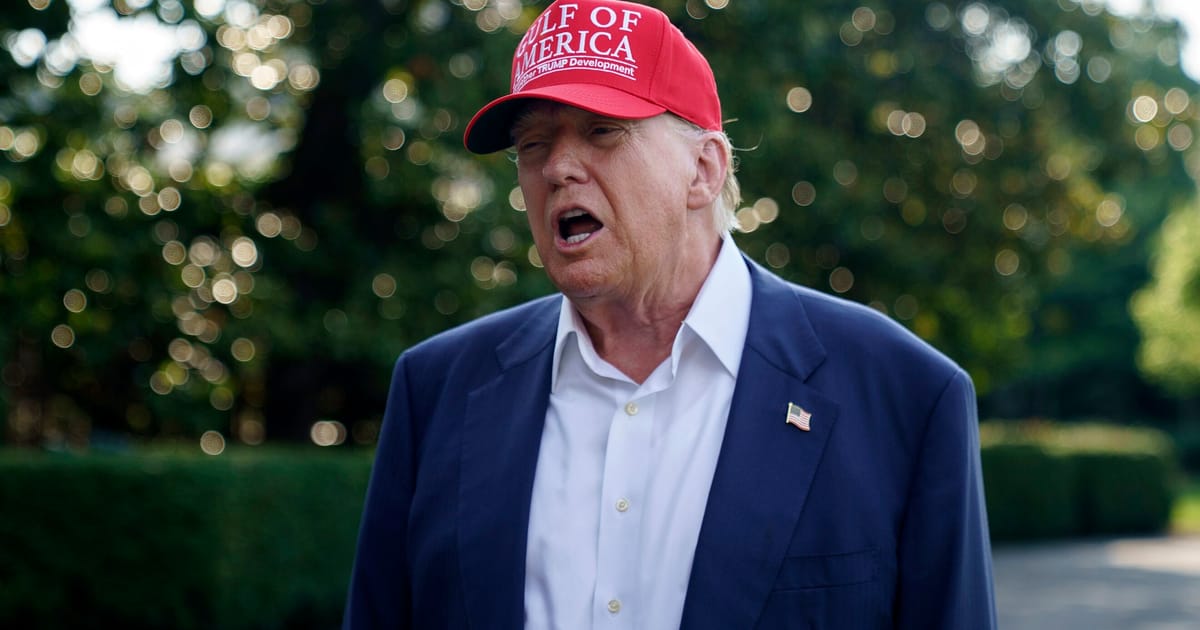

In a world of interconnected economies, international trade policies ripple across borders, shaping global financial landscapes. Recent developments in trade deal negotiations underscore this intricate dance as countries navigate the dynamic terrain of U.S. tariffs under the leadership of Donald Trump. Latest offerings and countermeasures reveal both expectations and challenges for nations engaging in trade dialogue with the U.S.
Efforts to solidify a trade agreement between the United States and the European Union have recently taken center stage. Talks of a prospective deal, which includes a 10 percent tariff with specific conditions, have put a cautious optimism on the table. However, the fluid nature of these negotiations means any final accord hinges on presidential approval. As discussions unfold, stakeholders remain keenly aware of the potential implications for industries on both sides of the Atlantic.
Meanwhile, attention has also turned to America’s Pacific partners, Japan and South Korea. In an assertive move, Donald Trump has extended the deadline for tariff negotiations, initially set for July 9, now pushed back to August 1. This extension is marked by a threatened 25 percent duty, mirroring tariffs briefly executed in April. While these nations weigh their options, the messages communicated in recent letters from the U.S. could catalyze new rounds of strategic planning and diplomatic conversation.
As the tariff narrative continues, Vietnam emerges as a focal point, reflecting a blend of opportunity and complexity. Recently, Vietnam became a pivotal player in this evolving economic landscape, being the second country to reach an introductory tariff agreement with Washington. This development spurred initial investor confidence, notably in Vietnam’s burgeoning clothing sector. Yet, as details surfaced, so did questions about the broader ramifications of a 40 percent tariff concerning transshipments—goods bearing Chinese components. It’s clear this facet of the agreement may bear implications beyond the immediate Vietnam-U.S. relationship, potentially contributing to an undercurrent of tension with China.
Amidst these shifts, Australia’s economic outlook offers its own narrative. According to the Productivity Commission’s analysis, President Trump’s tariff strategies will likely exert a minimal impact on the Australian economy. Interestingly, economists also identify potential advantages, describing Australia as well-positioned to absorb and adapt to the ripple effects of U.S. protectionist policies. This optimism highlights the nuanced nature of trade dynamics, where challenges can also translate into opportunities for economic resilience and diversification.
The unfolding chapters of these trade negotiations illustrate a complex yet captivating global economic interplay. As countries navigate through the nuanced web of tariffs, the outcomes of this evolving stage hold significant promise for future international trade relations. In a world where economic policy is ever-changing, the resilience and adaptability of nations remain key. By staying attuned to these developments, countries can harness opportunities to fortify their positions and contribute to a harmonious global economic environment.
Source: {link}
